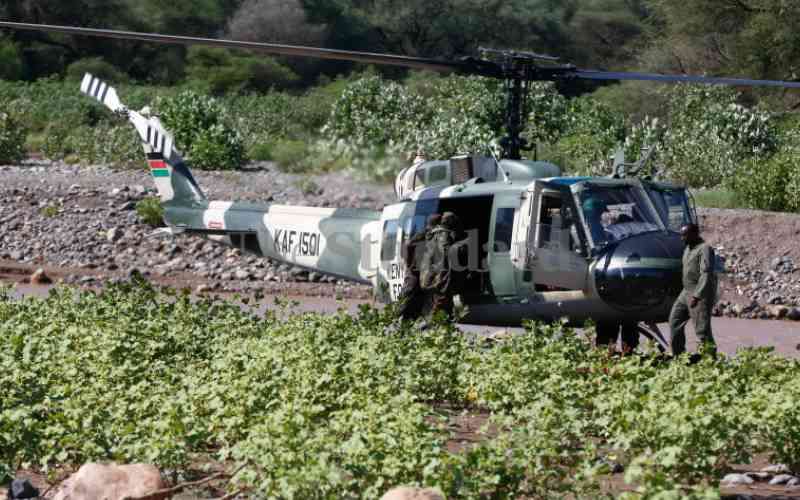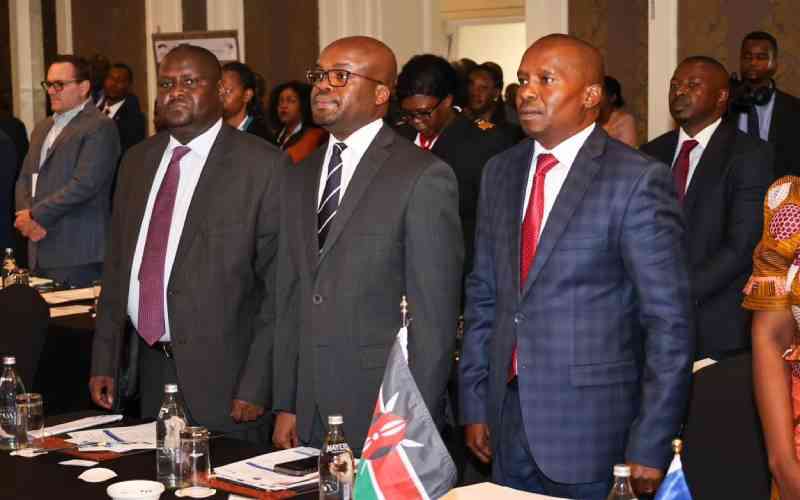It is rare for a university to hit the headlines in electronic and print media. However, last week, Strathmore University found itself the subject of mainstream news, and not for the excellent things it has done over 50 years, but for unfortunate reasons.
Following a botched security drill that ended in the unfortunate death of one staff member and the injury of scores of others, the Strathmore University Management Board offered “an unreserved apology to every student, parent, family, colleague and stakeholder for the unfortunate outcome of the security drill carried out in the university on 30th November 2015.”
So how could such a reputable institution compromise a brand it has struggled so hard to build? Are there lessons that Strathmore University can learn? Will it overcome this incident?
Strathmore may have fallen victim to what is considered the curse of every academic institution — though this is more speculative than a definite reason, as the real cause will be established once the ongoing investigations are concluded. But there are signs that poor communication during the execution of the security drill was an underlying cause of the unfortunate outcomes.
Strathmore is one of the top universities in the region, with a mission to provide quality education. It is committed to ethical and social development, and service to society. The vice chancellor and most of the senior university officials have painstakingly listened to criticism from students, different stakeholders and the press during briefings. The management has also listened to employees who have questioned and openly criticised their employer.
The university has had to respond in a matter that is congruent with its values, ethics, principles and statutes, a process that has seen it appreciate its values more than ever before because it has had to walk its talk. Thus, there is no doubt Strathmore will overcome last week’s events.
Chances of recovery
To explain, let us look at its organisational capability. This captures what an organisation can and cannot do, and is defined by three classes of factors: its values, processes and resources.
The values of an organisation are the criteria by which decisions are made. An organisation’s values include the standards employees judge the soundness of a decision taken by top management.
Values reflect a consensus about what makes sense for the organisation and the individuals within it. In that regard, all stakeholders are expecting Strathmore to live by its values, which are known to the staff, students, alumni and parents.
Processes are patterns of communication, interaction and co-ordination through which an organisation accomplishes its transformation — whether technological, organisational or administrative in character.
Strathmore as a university must have acknowledged that it got it wrong on this front, and will prioritise fixing its processes, improving chances of recovery.
Resources include people, equipment, technology, brand reputation, information, cash and relationships with stakeholders. The university has some of the best brains as scholars and managers, and a great brand reputation, among other resources.
It has learnt that there were experts who, if they had been more involved, would have helped lead to a better outcome. It is also clear that due to brand reputation, a lot is at stake and Strathmore must prove it can overcome such difficult circumstances.
But one thing that is clear, you cannot solve a problem with the same tools that caused it, so there will be a need for a lot of changes in the institution.
Stay informed. Subscribe to our newsletter
The writer is senior lecturer, strategy and competitiveness, and academic director, MBA programmes, at Strathmore University.
[email protected]
 The Standard Group Plc is a
multi-media organization with investments in media platforms spanning newspaper
print operations, television, radio broadcasting, digital and online services. The
Standard Group is recognized as a leading multi-media house in Kenya with a key
influence in matters of national and international interest.
The Standard Group Plc is a
multi-media organization with investments in media platforms spanning newspaper
print operations, television, radio broadcasting, digital and online services. The
Standard Group is recognized as a leading multi-media house in Kenya with a key
influence in matters of national and international interest.
 The Standard Group Plc is a
multi-media organization with investments in media platforms spanning newspaper
print operations, television, radio broadcasting, digital and online services. The
Standard Group is recognized as a leading multi-media house in Kenya with a key
influence in matters of national and international interest.
The Standard Group Plc is a
multi-media organization with investments in media platforms spanning newspaper
print operations, television, radio broadcasting, digital and online services. The
Standard Group is recognized as a leading multi-media house in Kenya with a key
influence in matters of national and international interest.







